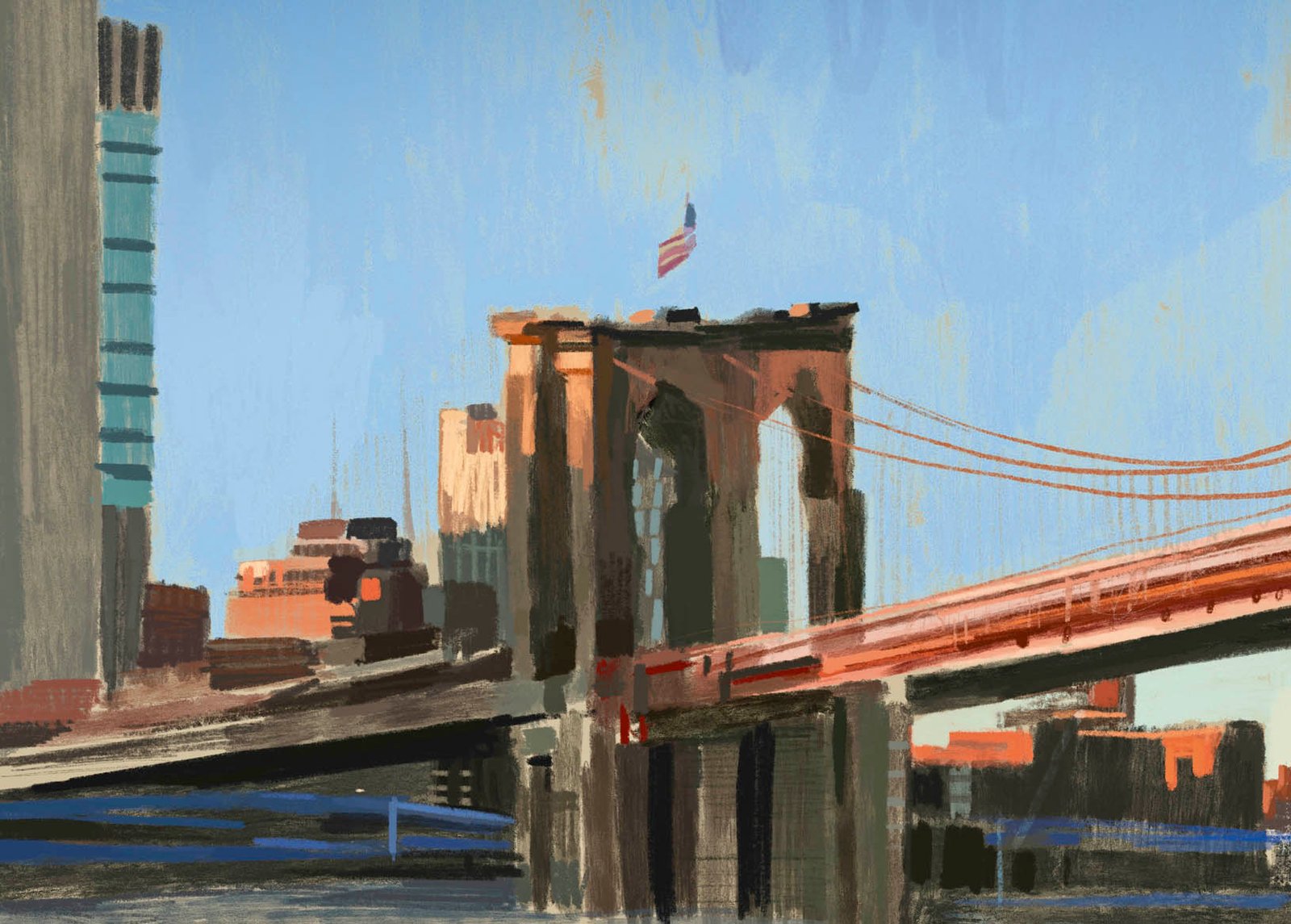
Historic Milestones of Panama City
Founded: August 15, 1519
The Atlapa Convention Center in Panama City hosts prestigious international conferences and exhibitions. Nonetheless, very few of the foreigners or Panamanians participating in these events know that just across the way, under what is now a vehicle bridge, is the spot where Pedro Arias de Ávila stood when he founded the oldest European settlement on the Pacific coast of the Americas.
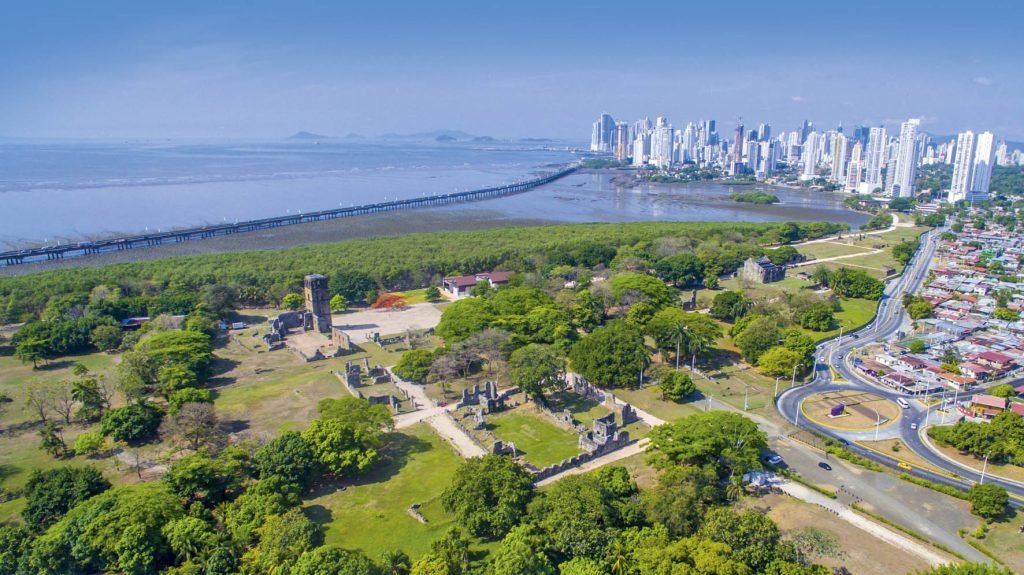
Histories tell of the Segovian governor reading the royal decree authorizing him to establish the town. He then unsheathed his sword, declaring the founding of Our Lady of Assumption of Panama in the name of Queen Joanna of Castile and her son Charles, the Holy Roman Emperor. Months later, the settlers moved a little over a mile northeast, near a cove formed by the Gallinero River (now the Abajo River). The city expanded dizzyingly fast, becoming a strategic component of the Spanish Empire in the Americas.
Destroyed: January 28, 1671
The tower of the old Cathedral is one of the few easily identifiable structures that remain from the early days of Panama City. Visitors can climb the tower for a view of the city skyline, the hills, the blanket of tropical forest, and the sea that gives the city its status as a port. However, on January 28, 1671, the view was not quite so benign: a multi-national band of pirates, led by Welshman Henry Morgan, flowed down the hills to gather on the plains of the Matasnillo River and advance on the town.
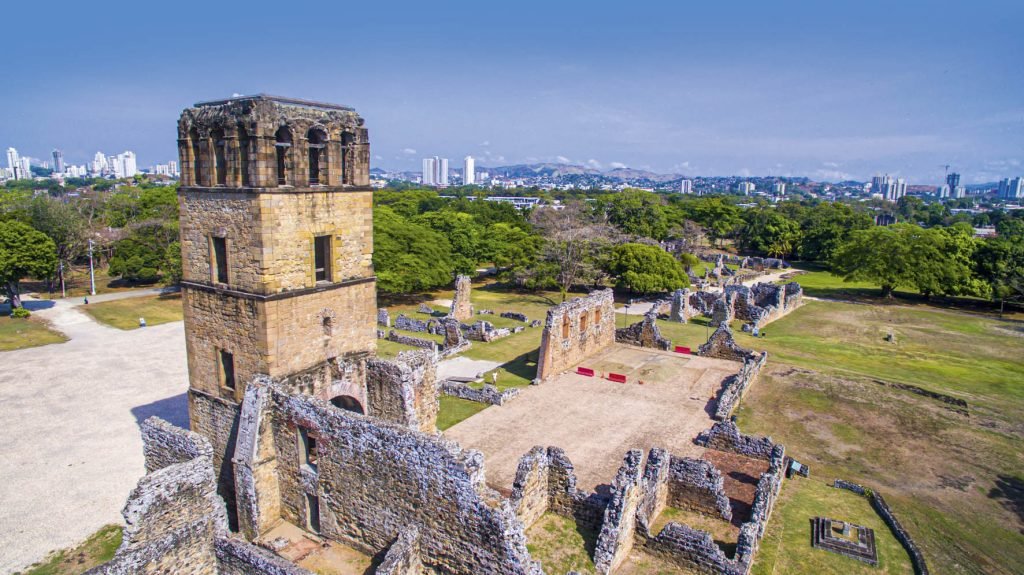
A poor defensive strategy sealed the city’s dire fate. That same day, governor Juan Pérez de Guzmán y Gonzaga set fire to the city as the invaders rushed in. The violence of Morgan and his men was burned into the memory of those inhabitants who were unable to flee, and it had a significant impact on the character of Panamanians. It also led to the city being moved to a new, more defensible site two years after the attack; luckily, the new location was closer to where the Panama Canal would be built 241 years later.
Moved: January 21, 1673
Panama City took a long time to recover from Morgan’s attack. While captured residents negotiated their release, those who had escaped decided not to return. The Afro-descendant population, both free and enslaved, was sent to Jamaica to be sold again. The blackened ruins were desolate and the few survivors took refuge in sheds, farmhouses, and stables in the surrounding countryside.

The new governor, Antonio Fernández de Córdoba y Mendoza, struggled to convince reluctant residents to move to the new city. He would, in fact, die only a couple of months after the move. Few traces of the first settlement remain in what is now the city’s Old Quarter. One of the few is the façade of the La Merced church, which was removed from its original setting and reconstructed at the new location.
The Fires of 1737, 1756, and 1781
When the new city was laid out, the three hundred surviving Spanish residents —still traumatized by the pirate attack— reserved lots inside the walls, exiling the rest of the population to the outside and turning the city into an impregnable fortress. The estates, passed down within families, were confined inside the fortified city and unable to expand. They began to break up and the buildings became narrower but taller, presaging the reputation the city would acquire as the skyscraper capital of Latin America.
However, these buildings, along with the city’s prosperity, went up in flames in 1737 (Great Fire), 1756 (Small Fire), and 1781. This type of disaster was not unusual in a city of wooden houses. Unfortunately, the Portobelo fairs, which sustained the economy of the Isthmus, were discontinued in 1739, leaving no funds for rebuilding. As the underbrush smothered many of its houses, Panama City fell into a state of lethargy that would last until the middle of the 19th century.
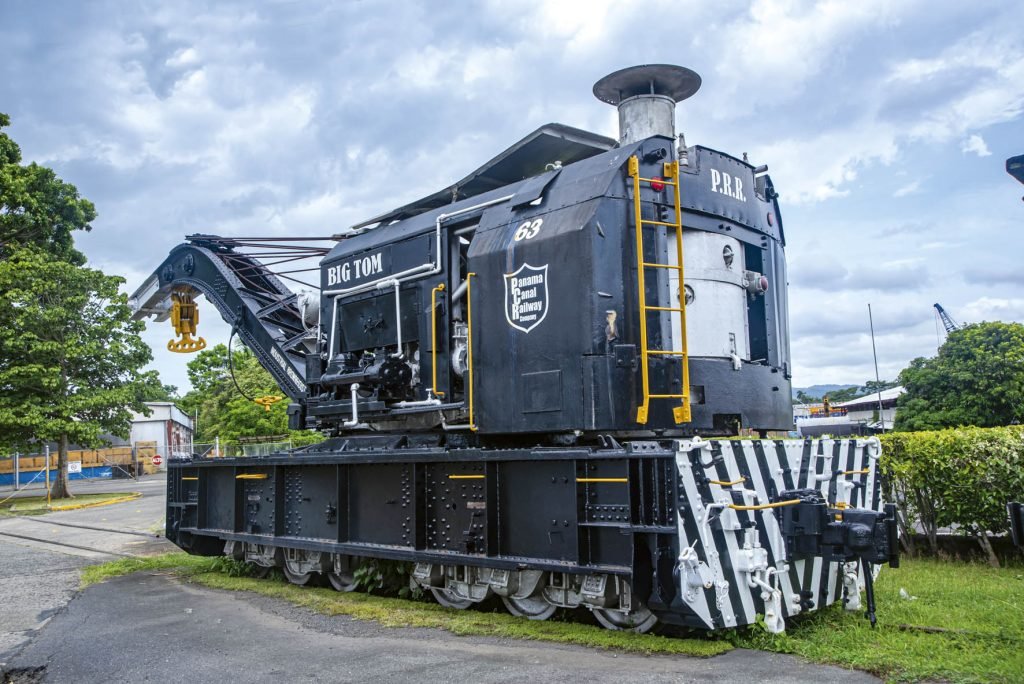
The Sun Rises for Panama…in the West
By 1848, there was little commercial vitality left in Panama City. The inner city was ruined and most of the city’s economic and political activity had shifted to the suburb of Santa Ana. The sleepy city could not have foreseen that the cry of “Gold!” ringing out from more than 3,000 miles away in California would knock it out of its stupor, and that hordes of dreamers and adventurers would breathe new life into the city in 1849.
When the first transcontinental railway in the Americas was finished in 1855, Panamanians had difficulty assimilating the human tide that poured into its streets from all corners of the world. Nor was coexistence easy. There were confrontations, such as the Watermelon Riot (1856), which helped forge the idiosyncratic duality of attraction-repulsion that governed how ordinary Panamanians viewed the waves of immigrants.
Ferdinand de Lesseps and the Much-Anticipated Canal
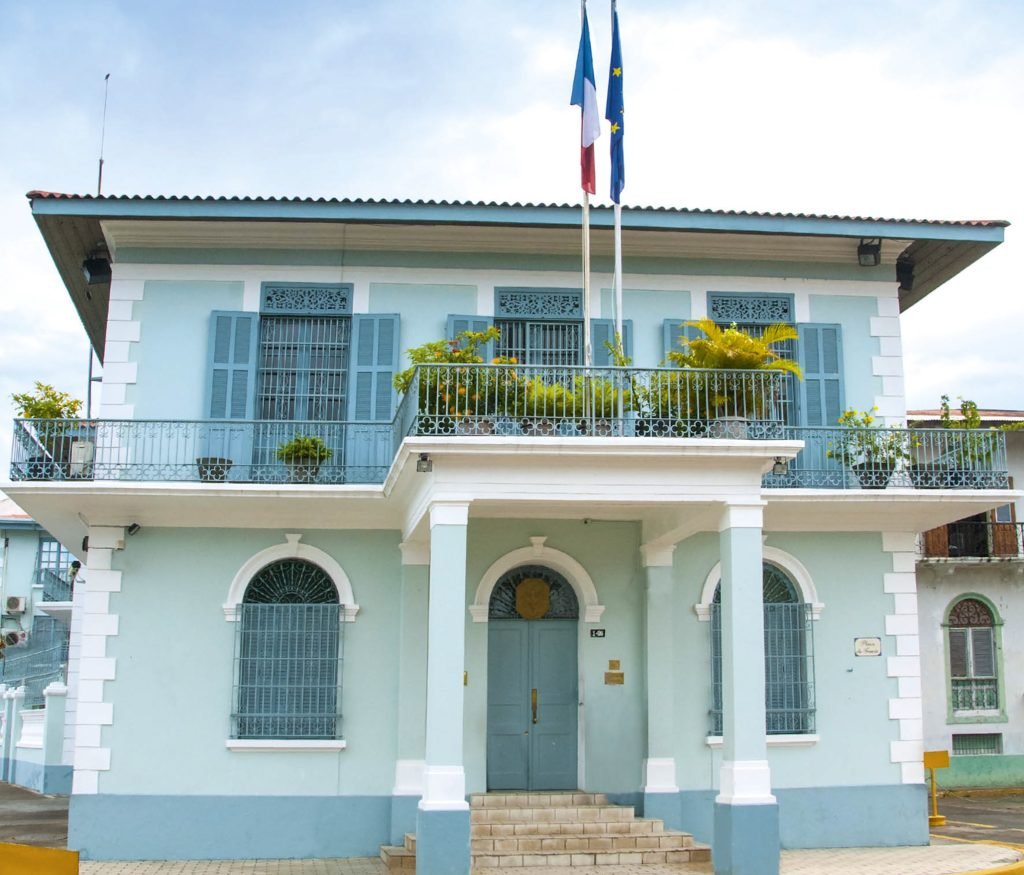
In 1869, nearly 764,000 passengers and 700 million dollars worth of merchandise and assets, such as money and gold, passed through Panama. The city prospered, but the Gold Rush had faded, and the recently finished Union Pacific Railroad (inside the United States) looked set to eclipse its Panamanian competitor. Fortunately, Viscount Ferdinand de Lesseps, the celebrated builder of the Suez Canal, lightened the gloom in 1881 with his plan to replicate his feat in Panama. Although the Gold Rush had created great wealth in the city, none of it left a lasting impression on the buildings. The Frenchman would change that. The few austere and solid Spanish Colonial buildings that survived the frequent conflagrations began to cede space to other more elegant, ornamented, and imposing structures. Although Lesseps’ French company collapsed in 1889, the United States took over the enterprise of building the interoceanic canal in 1904, reviving progress in the city, which became the capital of a new country that was making great strides.
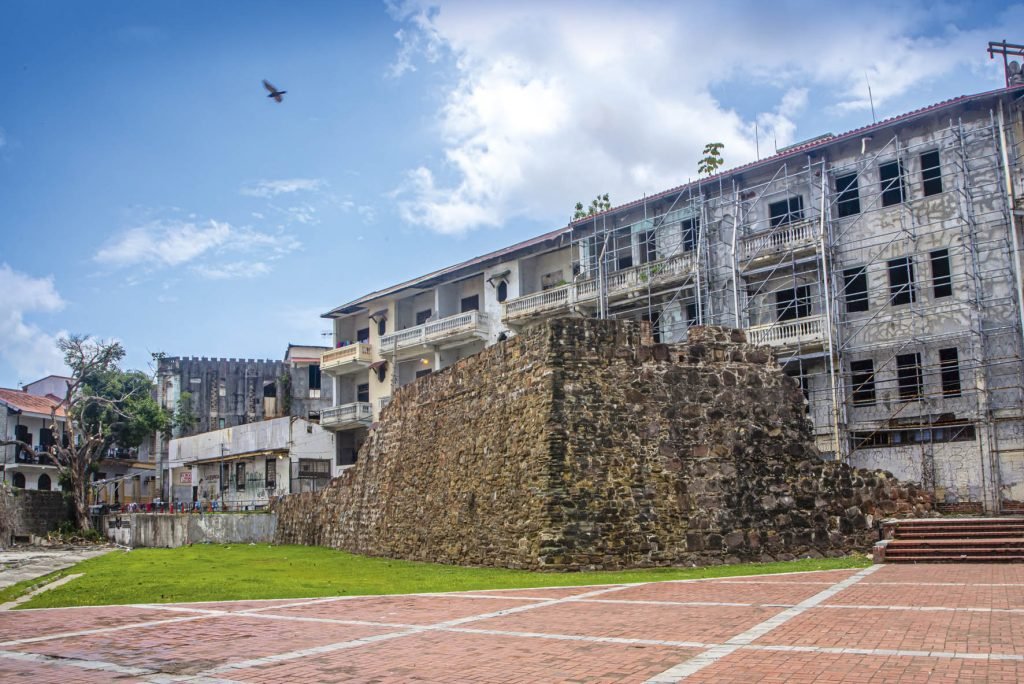
The Canal Zone and the Tenements
The U.S. government demanded exclusive administrative rights over a strip of land enclosing the Panama Canal, called the “Canal Zone.” This zone would see the emergence of the new power’s urban vision, one that did not include the existing peoples, estates, and villages. Everyone within a strip nearly 1,000 miles long was evicted. All these people, along with the laborers who immigrated to the country to build the interoceanic waterway, exerted enormous pressure on Panama City and Colón, the Canal’s terminal points. The boom sparked the growth of insalubrious neighborhoods of crowded tenements where the rent rose continuously, eventually resulting in conflicts such as the Tenants’ Strike of 1925.
Belisario Porras: the Pharoah-President
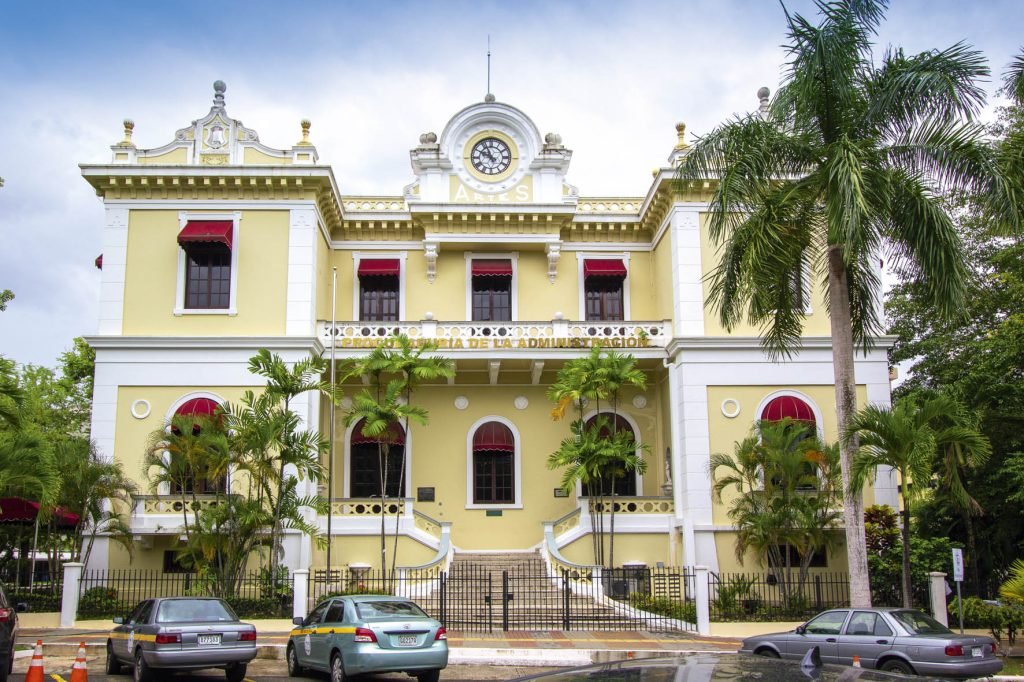
The first effort to provide Panama City with modern public buildings befitting its prominence as the capital of a young republic was spearheaded by Belisario Porras. Between 1913 and 1915, he planned an expansion northeast of the Old Quarter to construct the pavilions of the World Expo, which was held to inaugurate the waterway. Porras was the force behind some of the city’s most monumental and iconic buildings, which allowed the tiny country to hold its own against the majestic constructions the United States raised in the Canal Zone. The ample and well laid out spaces stood in stark contrast to the disorderly grid of the Colonial city.
New Horizons: 1943-1962
During the first half of the 20th century, Panama City, trapped between the Pacific Ocean to the south and the Canal Zone to the north, fanned out toward the northeast. Construction of the first Trans-Isthmus Highway, between Panama City and Colón (1943), and the Bridge of the Americas (1962), which joined the two shores of the canal, helped connect the city to the rest of the country and opened spaces for urban development near La Chorrera and Las Cumbres, giving the metropolitan area its eventual shape.
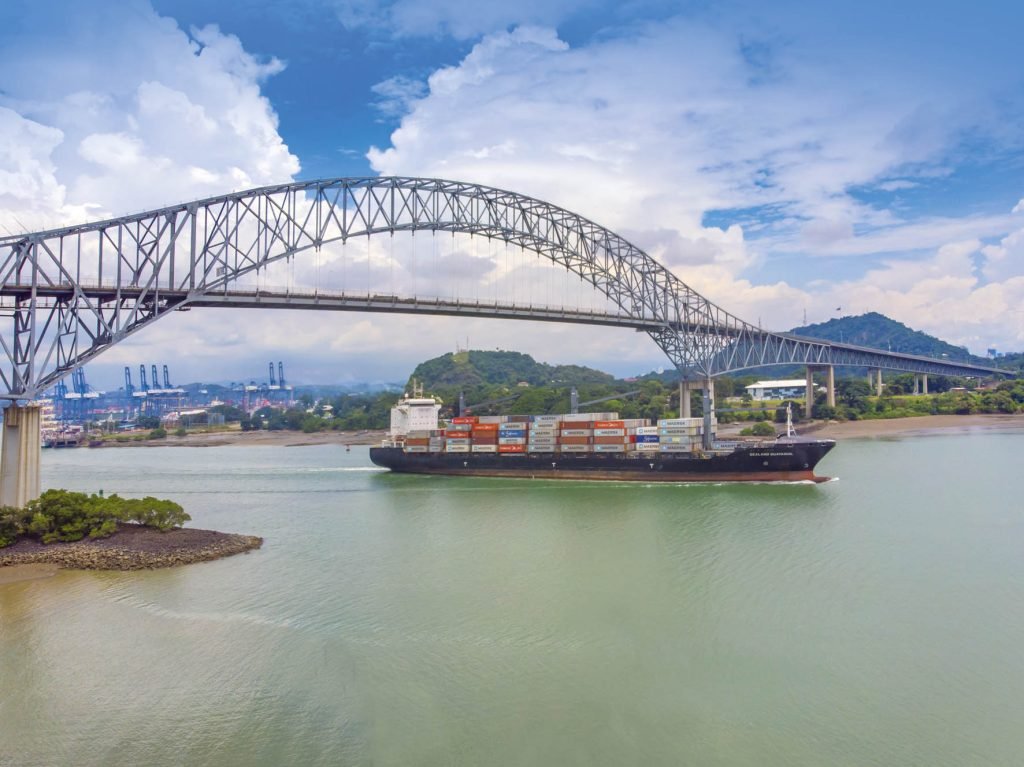
Reversion of the Canal to Panama: 1979-1999
The Torrijos-Carter treaties, signed by General Omar Torrijos for Panama in 1977, were the culmination of a generational effort by the Panamanian people to ensure full sovereignty over the entire country. In the twenty years following the signing, lands and buildings developed by the U.S. government during ninety years of administration gradually reverted to Panama, driving development strategies in the country in general and the capital in particular. This included incorporating sectors such as Amador, Ciudad del Saber, the Panama-Pacific Special Economic Area, and the ports of Balboa and Rodman into the metropolitan region.
The First of the Next Five Centuries

The Panama City of today is rapidly consolidating its natural role as the logistics center of the Americas. The country is constructing an ambitious ring road that will optimize cargo transport along the entire Pacific coast of the interoceanic region, which entails the construction of a fourth bridge over the Panama Canal. The bridge will carry Line 3 of Central America’s first metro, which promises to transform the capital’s mobility dynamics in 2040. Toward the east, the Tocumen International Airport, home to the region’s most successful hub, is getting ready to inaugurate a new passenger terminal, while also planning an ambitious expansion of logistics facilities in order to further boost its capacity to move air freight.
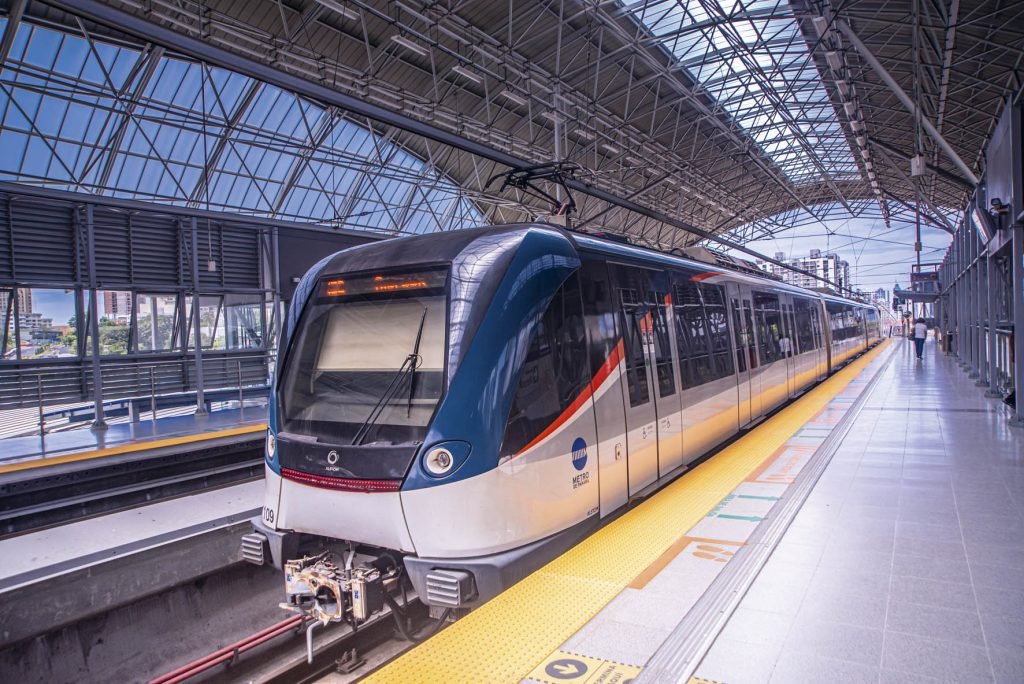
Come what may, Panama City is ready to face the next five hundred years.
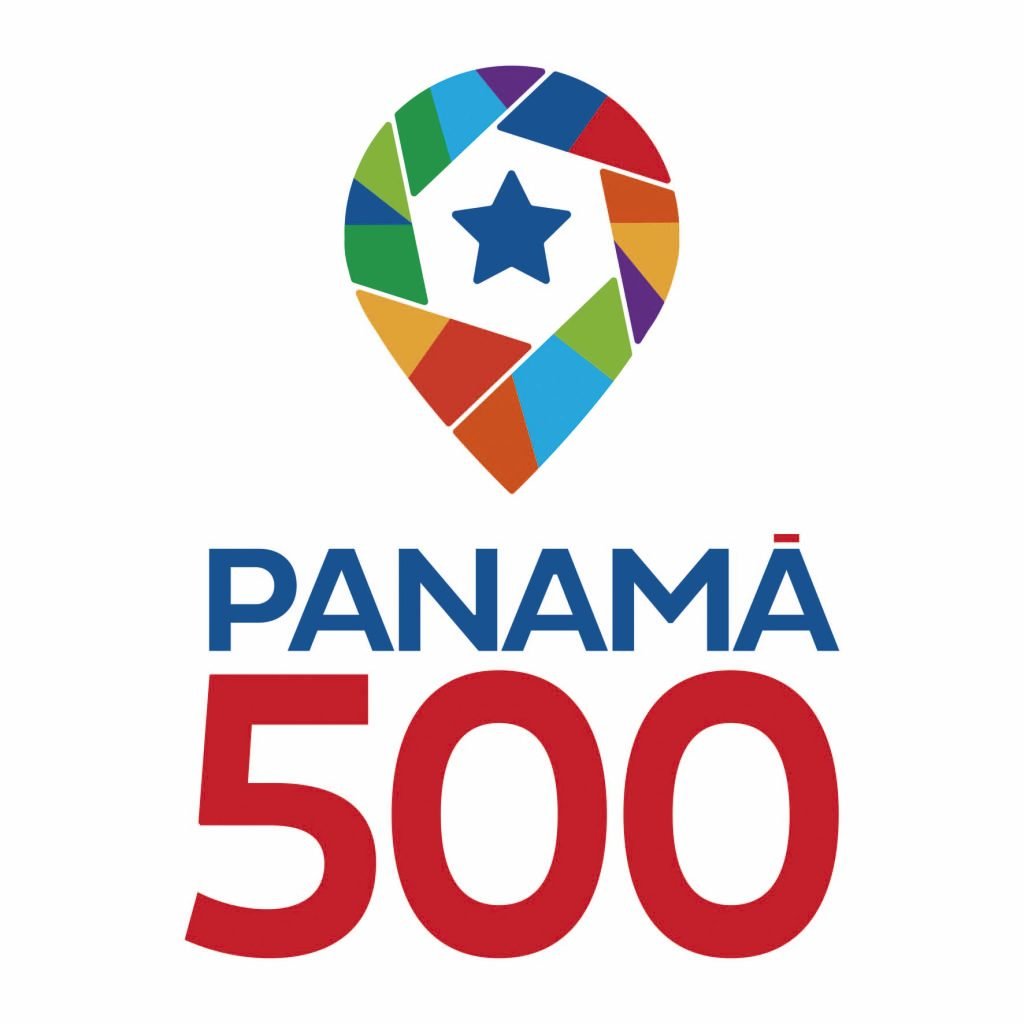
Use Your Smartphone to Discover Panama City and Its History
The Panama 500 app georeferences five hundred sites in and around the Panamanian capital, grouping them into ten categories. Each one of the app’s sites comes with images and text about the historical significance of each place. As visitors discover the sites, they learn about different aspects of the city and its multi-cultural nature, icons, flavors, styles, and representative figures. Visitors confirm that they have visited a site and then take a photo. A confirmed visit to a site adds points to the user’s account, which can then be exchanged for prizes and incentives. Available both from the Play Store and the Apple Store.
A Month of Celebrations
Panama City abuzz with celebrations for residents and visitors and Panorama of the Americas rounds up some of the highlights.
Panama Radio
Friday the 2nd:
Presentation of the winning Fondo Panamá 500
(Panama City 500 Fund)
Gladys Vidal Theater, El Hatillo building. Time: 7:00 p.m.
City Museum
Picturing the City
On Thursdays
A journey through the last 115 years of audiovisual records of the city to see how both the actual urban landscape and the imaginary film landscape have changed.
Gladys Vidal Theater, El Hatillo building,
10 a.m. and 7 p.m.
City Museum
“January 9, 1964: The Road to Sovereignty”
Monday to Sunday, 24 hours.
Download the City Museum audioguides and relive the afternoon of January 9, 1964, when Panamanian students confronted U.S. residents in the Canal Zone.
Instituto Nacional, Gorgas Street, Balboa.
Light Shows
Fridays and Saturdays in August
With cultural events from 6:00 p.m. to 9:00 p.m. at the La Siesta Cultural Center in Tocumen (9th and 10th), Villa Zaita Lions Club Summer Camps (23rd and 24th), and the Pacific Viewpoint on the Coastal Beltway (30th and 31st).
500 Years of Panama City: Past, Present, and Future (Friedrich Ebert Foundation)
From the 12th to the 14th.
Discussions, cultural activities, and conferences about the past, present, and future of Panama City. For further information on topics and event locations, write to panama@fesamericacentral.org
International Book Fair
Starts on the 13th
The Panama International Book Fair (FIL) pays tribute to its host city’s history with seventy writers and a menu of events that focus on its cultural, historical, and human legacy. Other activities include forums on journalism, memory, and human rights; discussions on women’s rights; and round tables on fake news. Authors from Colombia, Costa Rica, Cuba, México, Guatemala, Perú, Argentina, the United States, Portugal, France, Germany, and Spain will give the literary encounter its usual cosmopolitan flavor.
Atlapa Convention Center
www.capali.com.pa/fil-panama-2018
www.camarapanamenadellibro.com
Launch of Documentary Panama 2019
Tuesday the 13th
Winning projects from Panama Documentary Fund-TVN Media, which seeks to build a positive Panamanian identity. www.documentalpanama.org
Grand Concert to Celebrate the City’s 500th Birthday
Thursday the 15th at 3:00 p.m.,
Roberto Durán Arena.
RPC Tour 2019 – Five Hundred Years
Thursday the 15th
The best Master cycling event in the Americas, with 18 countries participating. www.active.com/panama-panama/cycling/giro-rpc-2019.
Traditional Parade in the Old Quarter
Thursday the 15th.
Organized by the Lefevre Park Community Council.
Panama City Aquathlon
Sunday the 18th.
Calzada de Amador.
22nd Icarus Festival
From the 23rd to the 30th.
Magnificent festival of international and Central American cinema.
www.festivalicaro.com
23rd World Scrabble Championship/Words in Play
From the 18th to the 24th
More than one hundred participants from fifteen countries. Hotel El Panamá. fisescrabble.org
Opening of the “Trans-Isthmus Route”
Starting on Wednesday the 21st.
Outdoor exhibit that commemorates the trade route that birthed the city and brought it to life, with images of how the city looked in the 18th, 19th, and 20th centuries.
Cuchilla de Calidonia and Remón Cantera Park.
We Count: Women Journalists in Panama
Wednesday the 28th, at 10:00 a.m.
Gladys Vidal Theater, El Hatillo building.
Work by Amalia Aguilar Nicolau and Mónica Guardia, published as part of the Biblioteca 500 collection.
www.ciudadpanama500.org
Twitter: @Ciudadpanama500
Facebook: Panamá 500 Años
Instagram: ciudadpanama500

